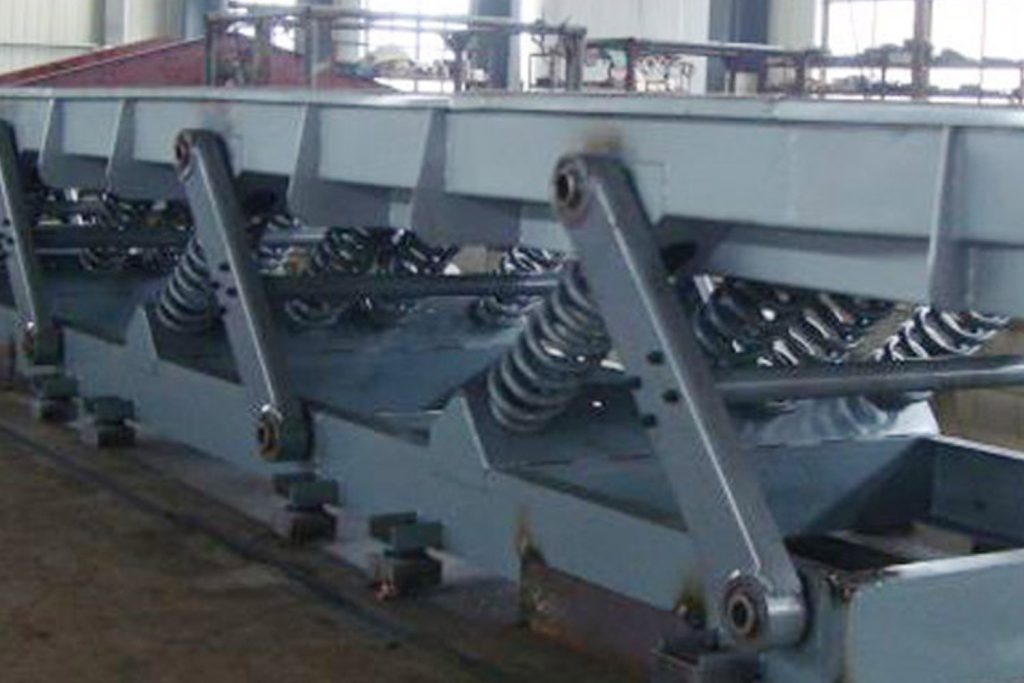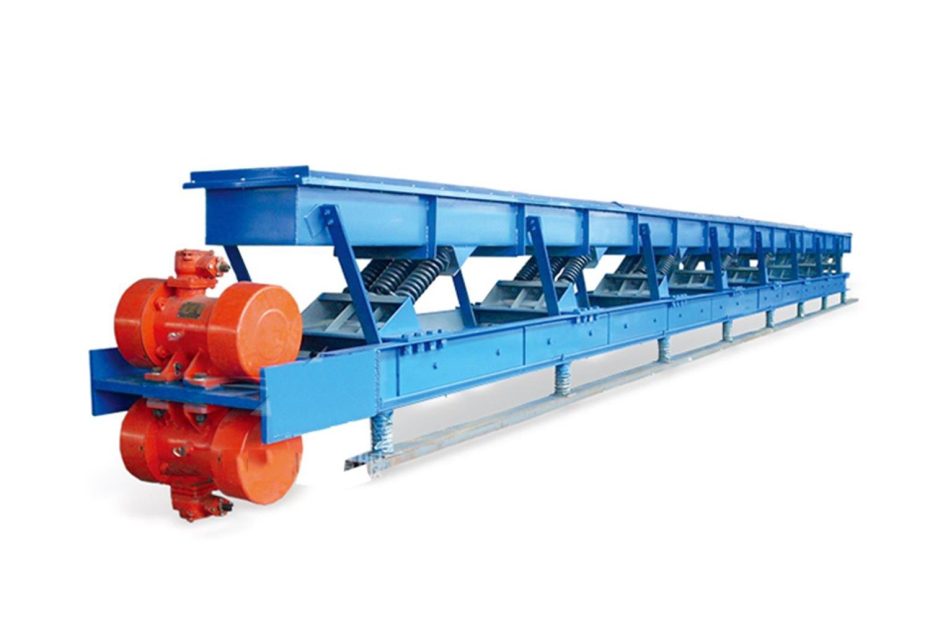Conveyors are essential components in many material handling systems. They enable fast and efficient movement of materials from one point to another without the need for manual handling. One type of conveyor system that is growing in popularity is the vibrating conveyor. Vibrating conveyors offer a unique way to convey materials that traditional conveyors cannot. In this article, we will explore what vibrating conveyors are, how they work, and why they matter.
What is a vibrating conveyor?
A vibrating conveyor is a type of conveyor system that uses vibration to transport materials along a horizontal surface. Vibrating conveyors are ideal for transporting dry bulk materials such as powders and granules. The vibration helps free up any small spaces or pores that might be holding onto the material. The vibration also helps to move the material, reducing the overall bulk and allowing it to move more freely.
Two main types of vibrating conveyors
- Natural frequency vibrating conveyors – The natural frequency conveyor moves materials using a vibrating spring system that is designed to match the frequency of the materials being transported. This type of vibrating conveyor is ideal for transporting heavy or bulky materials at high rates of speed.
- Non-natural frequency vibrating conveyors – Non-natural frequency vibrating conveyors use eccentric weights or other exciting forces to create the vibration necessary for material transport. This type of vibrating conveyor is ideal for transporting lighter or less bulky materials at lower rates of speed.
How Does a Vibrating Conveyor Work
A vibrating conveyor works by using a vibrating motor to move materials along a trough or conveyor bed. The vibrating motor works in an opposite direction to the material being moved, causing the material to move in the opposite direction.
The vibrating motor is usually a two-pole, three-phase or a single-phase asynchronous motor with eccentric weights attached to its shaft. The rotation of the eccentric weights causes the motor to vibrate, which in turn causes the conveyor bed to vibrate. The frequency and amplitude of the vibration can be controlled to suit the specific requirements of the material being conveyed.
The conveyor bed is typically made of stainless steel or carbon steel, and it moves materials forward in a linear motion. The material is transported on a trough that is supported by springs, which dampen the vibrations and prevent excessive movement of the material.

Applications of Vibrating Conveyors
- Food processing industry – for conveying chips, nuts, seeds, and other food products
- Pharmaceutical industry – for conveying powders, tablets, and capsules
- Chemical industry – for conveying plastics and chemicals
- Mining industry – for conveying minerals and ores
- Recycling industry – for conveying shredded materials and other waste
Top 5 Advantages of Vibrating Conveyors
- Higher throughput – vibrating conveyors can move materials at a faster rate than traditional conveyors, allowing for higher throughput.
- Greater efficiency – due to the vibration, materials can be conveyed more easily and with less resistance, increasing efficiency.
- Lower maintenance – vibrating conveyors usually have fewer moving parts than traditional conveyors, resulting in lower maintenance requirements.
- Lower noise levels – since the vibration creates a quieter moving surface, vibrating conveyors tend to produce less noise compared to other conveyors.
- Versatility – vibrating conveyors can transport a wide range of materials, including sticky, wet, and dry materials.
Limitations of Vibrating Conveyors
While vibrating conveyors offer several benefits over traditional conveyors, they are not an ideal choice for every material handling system. Here are some limitations of vibrating conveyors:
- High initial cost – vibrating conveyors can be more costly to install than traditional conveyors due to the required vibration equipment.
- Limited capacity – vibrating conveyors have limited capacity compared to other types of conveyors, which may not be ideal for some applications.
- Higher energy consumption – vibrating conveyors require more power to operate than traditional conveyors, resulting in higher energy consumption.
Conclusion
Vibrating conveyors offer a unique way to transport materials that traditional conveyors cannot. They are ideal for transporting dry bulk materials such as powders and granules and offer several advantages such as higher throughput, greater efficiency, and lower noise levels.
However, they are not suitable for every material handling system, and their higher initial cost and limited capacity should be considered before selecting them for a specific application. Despite these limitations, vibrating conveyors continue to grow in popularity in multiple industries because of their unique ability to transport a wide range of materials.
